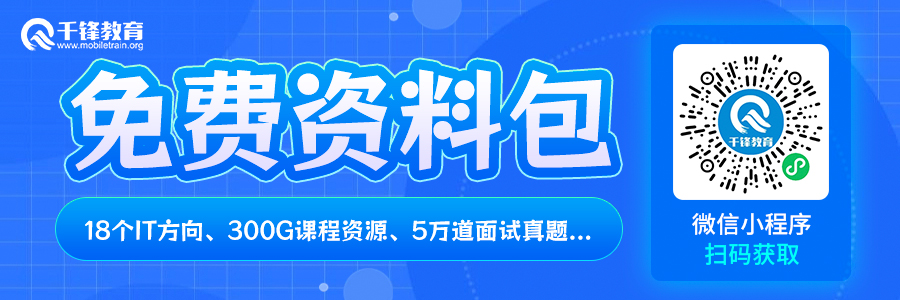Golang设计模式如何应对开发中的各种场景

Golang设计模式:如何应对开发中的各种场景

设计模式是面向对象编程中常用的一种思维模式,是通过抽象出实际问题的一般性解决方案,来解决复杂问题的有效方法。这篇文章将介绍Golang编程语言中常用的设计模式,以及如何将它们应用于开发过程中的各种场景。
1. 单例模式
单例模式是一种保证在某些场景下只会有一个实例存在的设计模式。在Golang中,我们可以使用sync包中的Once类型来实现单例模式。例如:
type Singleton struct{}var ( instance *Singleton once sync.Once)func GetInstance() *Singleton { once.Do(func() { instance = &Singleton{} }) return instance}在这个示例中,我们使用了sync.Once类型来确保Singleton在全局只会被实例化一次。
2. 工厂模式
工厂模式是一种通过创建对象的方式,来隐藏创建细节,简化代码的设计模式。在Golang中,我们可以使用一个函数来实现工厂模式。例如:
type Product interface { Name() string}type ProductAlpha struct{}func (p *ProductAlpha) Name() string { return "Product Alpha"}type ProductBeta struct{}func (p *ProductBeta) Name() string { return "Product Beta"}func CreateProduct(productType string) Product { switch productType { case "Alpha": return &ProductAlpha{} case "Beta": return &ProductBeta{} default: return nil }}在这个示例中,我们定义了两种Product类型,然后通过CreateProduct函数来创建它们的实例。这样,我们就可以隐藏创建细节,并且在需要扩展类型时,只需要修改CreateProduct函数即可。
3. 策略模式
策略模式是一种在运行时动态选择算法的设计模式。在Golang中,我们可以使用接口来定义算法,然后通过不同的实现来实现算法的灵活切换。例如:
type Calculator interface { Calculate(int, int) int}type Add struct{}func (a *Add) Calculate(x, y int) int { return x + y}type Subtract struct{}func (s *Subtract) Calculate(x, y int) int { return x - y}type Multiply struct{}func (m *Multiply) Calculate(x, y int) int { return x * y}type Context struct { calculator Calculator}func (c *Context) SetCalculator(calculator Calculator) { c.calculator = calculator}func (c *Context) Compute(x, y int) int { return c.calculator.Calculate(x, y)}在这个示例中,我们使用接口Calculator来定义算法,然后定义了Add、Subtract和Multiply三种算法的实现。最后,我们定义了一个Context类型,通过SetCalculator方法来动态切换不同的算法,并通过Compute方法来计算结果。
4. 装饰器模式
装饰器模式是一种在运行时动态给对象增加功能的设计模式。在Golang中,我们可以使用接口来定义对象的方法,然后通过装饰器来增加功能。例如:
type Component interface { Operation() string}type ConcreteComponent struct{}func (c *ConcreteComponent) Operation() string { return "ConcreteComponent"}type Decorator interface { Component}type ConcreteDecoratorA struct { Component}func (c *ConcreteDecoratorA) Operation() string { return "ConcreteDecoratorA(" + c.Component.Operation() + ")"}type ConcreteDecoratorB struct { Component}func (c *ConcreteDecoratorB) Operation() string { return "ConcreteDecoratorB(" + c.Component.Operation() + ")"}在这个示例中,我们定义了一个Component接口和一个ConcreteComponent类型,然后定义了一个Decorator接口,以及两种ConcreteDecorator类型来增加ConcreteComponent的操作。
5. 观察者模式
观察者模式是一种通过将对象注册到另一个对象的列表中,来自动通知它们的设计模式。在Golang中,我们可以使用channel来实现观察者模式。例如:
type Observer interface { Notify(interface{})}type Subject struct { observers Observer}func (s *Subject) NotifyObservers(data interface{}) { for _, observer := range s.observers { observer.Notify(data) }}func (s *Subject) Register(observer Observer) { s.observers = append(s.observers, observer)}type ConcreteObserver struct{}func (c *ConcreteObserver) Notify(data interface{}) { fmt.Println("Received data:", data)}在这个示例中,我们定义了Observer接口和Subject类型,以及ConcreteObserver类型来接收Subject的通知。我们在Subject类型中定义了Register方法来注册观察者,并通过NotifyObservers方法来通知它们。
结论
设计模式是一种常用的思维模式,可以帮助我们在开发过程中面对各种场景。在Golang编程语言中,我们可以使用单例模式、工厂模式、策略模式、装饰器模式和观察者模式来解决各种问题。这些设计模式可以使我们的代码更加灵活、易于扩展,并且提高代码质量和可维护性。
以上就是IT培训机构千锋教育提供的相关内容,如果您有web前端培训,鸿蒙开发培训,python培训,linux培训,java培训,UI设计培训等需求,欢迎随时联系千锋教育。










